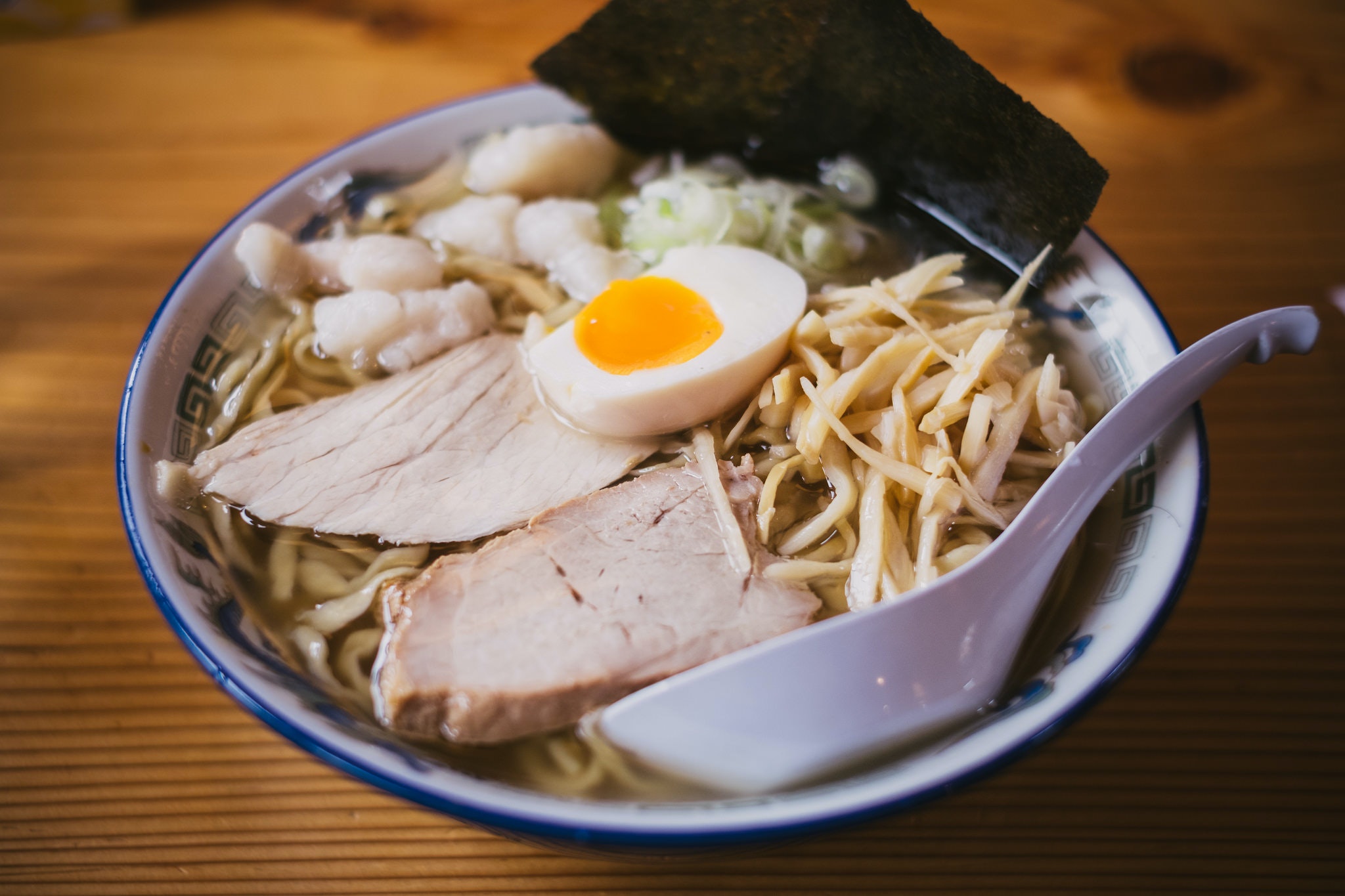Ramen, the ubiquitous Japanese noodle soup, has taken the world by storm. It’s a delicious, comforting meal that’s easy to make and even easier to eat. But for many people, there’s one big question: how do you pronounce ramen?
In this article, we’ll take you through the ins and outs of ramen pronunciation, from the basic sounds to some fun facts about this delicious dish.
The Basic Sounds: Rah-men or Raa-men?
First things first: how do you pronounce ramen? The answer is a little more complicated than you might think.
In Japanese, ramen is pronounced “rah-men” (らーめん), with a long “a” sound. However, in English, it’s more common to hear it pronounced “raa-men” with a long “a” sound and an emphasis on the second syllable.
So which is correct? Technically, both are acceptable, but if you want to sound more authentic, go with the Japanese pronunciation. And if you’re ordering at a ramen restaurant, you can always point to the menu or ask the server for help.
Breaking it Down: The Sounds of Ramen
Let’s take a closer look at the sounds that make up the word ramen.
The first syllable, “ra,” is pronounced with a short “a” sound, like the “a” in “cat.”
The second syllable, “men,” is pronounced with a long “e” sound, like the “ee” in “meet,” and a short “n” sound, like the “n” in “nose.”
So when you put it all together, you get “rah-men,” with the emphasis on the first syllable.
Fun Facts About Ramen
Now that you know how to pronounce ramen, let’s dive into some fun facts about this delicious dish.
Ramen Originated in China
Although ramen is now considered a quintessentially Japanese dish, it actually has its roots in China. Chinese immigrants to Japan in the late 19th and early 20th centuries brought with them a type of noodle soup that eventually evolved into what we now know as ramen.
Ramen Comes in Many Varieties
There’s no one “right” way to make ramen, which means that there are countless variations on this classic dish. Some of the most popular types include shoyu (soy sauce-based), miso (fermented soybean paste-based), tonkotsu (pork bone-based), and shio (salt-based).
Ramen is Popular Around the World
Ramen has become a global phenomenon, with ramen restaurants popping up in cities around the world. In fact, there are even ramen-themed amusement parks in Japan!
Ramen Can Be Healthy (or Not)
While ramen has a reputation for being a heavy, indulgent meal, it doesn’t have to be. By using lean proteins, plenty of veggies, and low-sodium broths, you can create a nutritious and satisfying bowl of ramen that won’t weigh you down.
On the other hand, some ramen dishes are loaded with fat, sodium, and calories, so it’s important to be mindful of your choices and indulge in moderation.
Ramen Has Inspired Its Own Music Genre
Yes, you read that right: there’s a genre of music in Japan called “ramen rock,” which is inspired by the sounds and flavors of ramen.
Ramen Is Best Eaten Hot
While it’s tempting to let your bowl of ramen sit for a while to cool off, it’s actually best enjoyed piping hot. This helps to bring out the flavors and aromas of the broth and noodles, and keeps the textures from getting mushy.
Ramen Has Its Own Etiquette
Like many Japanese dishes, there are certain etiquette rules that should be followed when enjoying ramen. These include slurping your noodles (which is considered a sign of appreciation), not picking up the bowl (use the provided spoon instead), and not adding extra soy sauce or other condiments unless they’re provided at the table.
Tips for Making the Perfect Bowl of Ramen
Now that you know how to pronounce ramen and some fun facts about the dish, let’s talk about how to make the perfect bowl of ramen at home.
- Start with a Good Broth
The key to a delicious bowl of ramen is a flavorful broth. Whether you’re making a pork bone-based tonkotsu broth or a lighter chicken broth, be sure to let it simmer for several hours to develop rich, complex flavors.
- Choose the Right Noodles
Ramen noodles come in many shapes and sizes, from thin and curly to thick and straight. Different types of noodles work best with different types of broth, so be sure to choose the right noodles for your recipe.
- Add Toppings and Condiments
One of the best things about ramen is the variety of toppings and condiments that you can add to customize your bowl. Some popular options include sliced pork, soft-boiled eggs, bamboo shoots, scallions, and nori (dried seaweed). Don’t be afraid to experiment and find your own favorite combinations.
- Serve It Hot and Enjoy!
As we mentioned earlier, ramen is best enjoyed hot, so be sure to serve it immediately after adding your toppings and condiments. Then, dig in and enjoy the delicious flavors and textures of this classic Japanese dish.
Final Thoughts
Whether you’re a ramen aficionado or a curious newcomer, knowing how to pronounce ramen correctly is just the first step to enjoying this beloved dish. From its Chinese origins to its global popularity, there’s so much to learn and appreciate about ramen. So next time you’re craving a comforting bowl of noodles, don’t hesitate to whip up your own homemade ramen and savor the flavors and aromas of this classic dish. Be sure to check out the other “language” blog posts like “How to Say Yes in Japanese” and “How to Say How Are You” if you are interested to learn more!


One thought on “How to Pronounce Ramen (らーめん) – Japanese Noodle Soup”